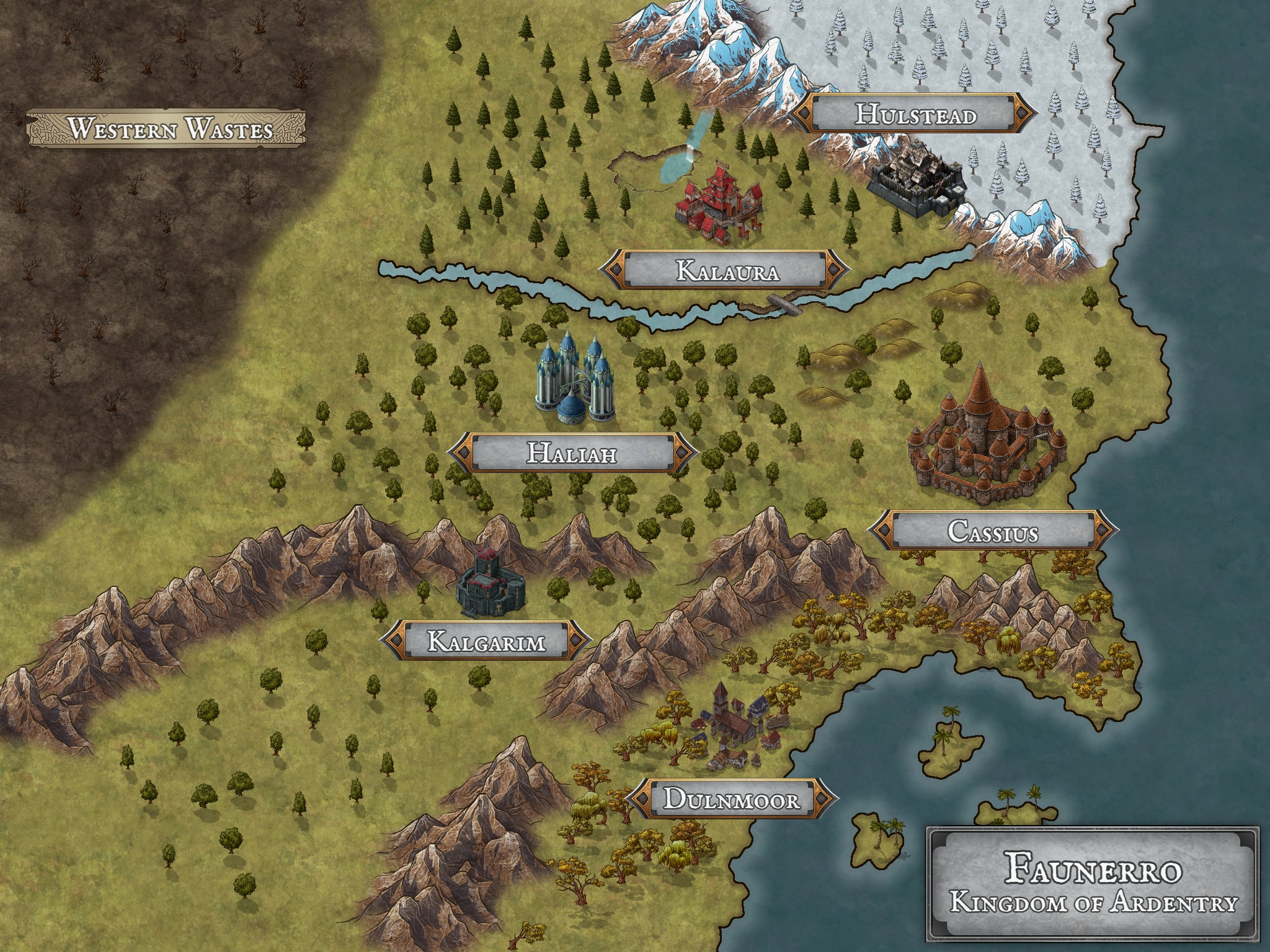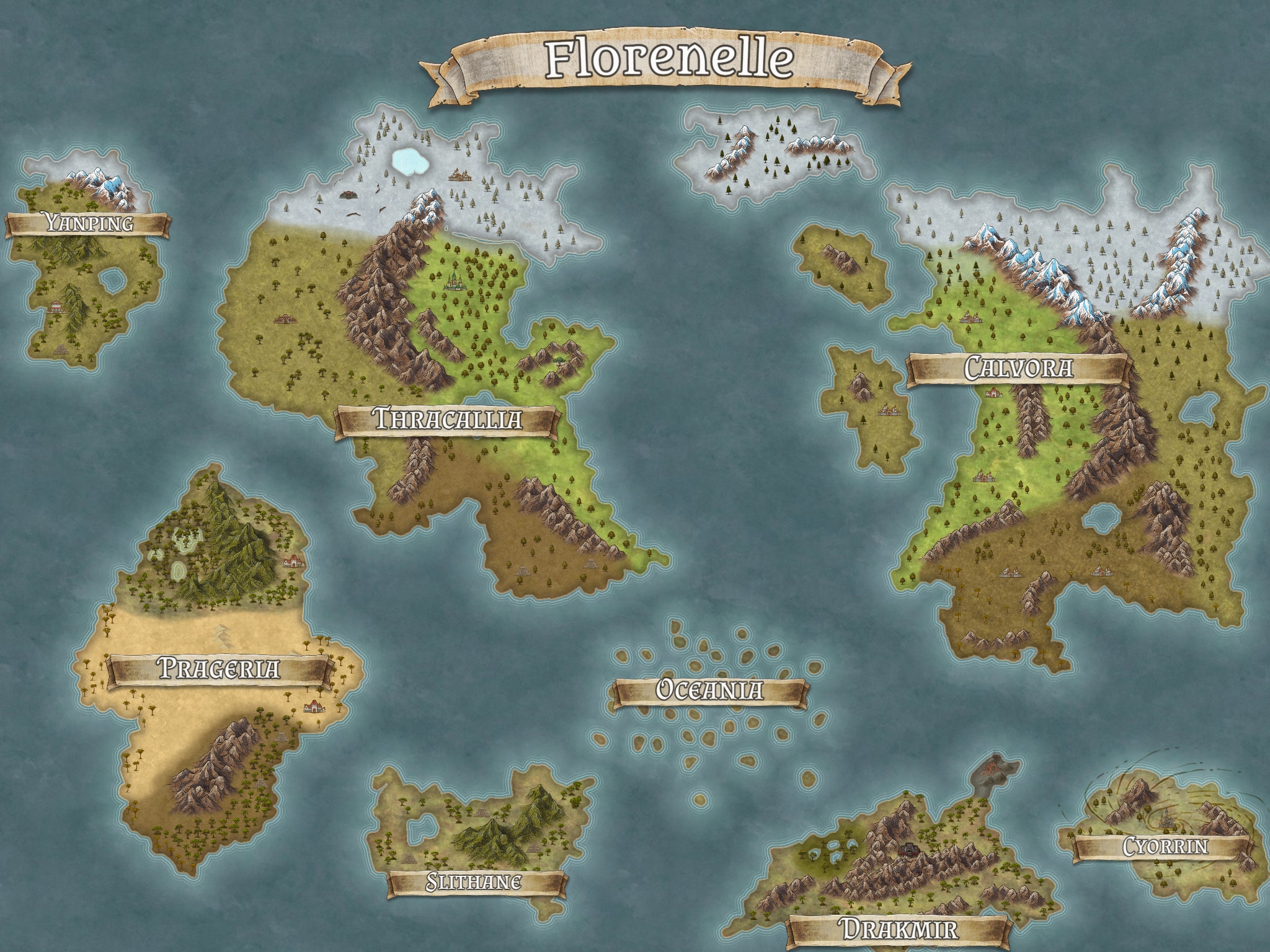Warth
Versatile Arkonian Work Animal
Basic Information
Anatomy
At a glance, it looks like a grotesque mix between horse and wolf. It’s body generally represents a horse but furry features, claws, jagged teeth, and the signature eyes of predatory creatures that face the front conclude its carnivorous half.
Growth Rate & Stages
A wattling, which is a very young warth, starts off hairless. They are spry and energetic during this period. Play is something they crave constantly with other wattlings. This stage begins from birth and lasts between 3-4 years into its life.
By adolescence, at about 5-10 years, the warth begins growing fur. Domesticators use this period of life to train it into its lifelong goal of being a ride, beast of burden, or guardian. It’s perfect as their body is now in a prime state to be conditioned before age sets them in place. Without any of this training, a warth defaults into its natural state of being a “guardian” as researchers put it.
Adulthood is when the warth’s purpose is set by age 10-12. They’ve got their fur fully grown in, baby teeth are all officially out, and their build is in prime condition.
In the elderly stage, age takes its toll. It’s coat becomes tinged with gray on the tips and gradually extends to the root of the hairs.
Ecology and Habitats
The coat length of a warth determines how suitable it is for different climates. Short or fully shaved warths are optimal for dry and desert climates while long and thick hair gives it moderate protection from the chill of the cold. Otherwise, these beasts can reside in almost any moderate climate on their own.
Dietary Needs and Habits
Warths can be omnivores but meat is an essential need as part of their diet. Health problems start appearing within two weeks if it hasn’t consumed any meat. Oftentimes they’ll become lethargic and lazy if left improperly treated.
Hunting is also an instinct for a warth. Should it not be properly socialized with people, it will lash out and eat whatever creature it finds.
Additional Information
Domestication
Taming a warth is a tricky approach because it means training a feral animal of the shadowfell to respect an aspiring rider. Professionals always advise to make your intentions obvious or it will snap if you surprise it for the first time. Female warths are often preferred for beginners as the males can be too much to handle with their aggression.
A close bond with a warth can be very rewarding if it respects you. Not only will you have a guardian but also a protective friend.
Uses, Products & Exploitation
Mounts may be a common use but they can also be implemented as guards or beasts of burden. Depending on this chosen use, it is optimal to set a warth early on this path so it can acclimate to its role.
Geographic Origin and Distribution
Domesticated warths are commonly found in the Shadowfell where the exiled sadarren elves gather. Otherwise, wild ones can be found in those shadowy forests.
Average Intelligence
A warth’s intelligence can be summed as the average between a wolf and a fox. Alone, they are conniving and tricky beasts to manage. In a pack, a warth relies more on the numbers advantage a group provides.
Perception and Sensory Capabilities
Warths have heightened hearing and smell. Tests within the Doctrine Society have concluded that it can detect a smell up to a quarter of a mile. It’s hearing ranges up to one mile should the source be somewhere quiet and is speaking normally with a little bit of shouting.
A warth is fast but it can’t outpace a horse. To compensate, it has a vicious maw to bite at victims and claws to keep those targets away or pull them closer. They are considered stronger than a wolf but weaker than a bear.





Comments